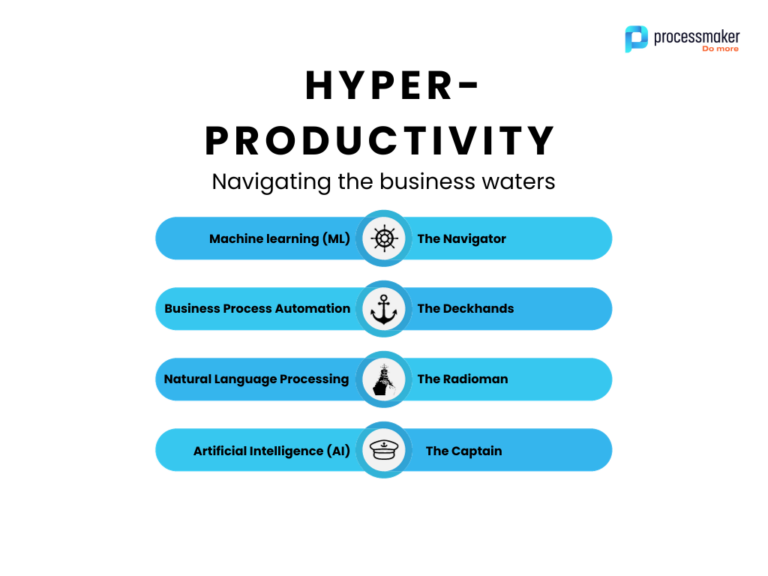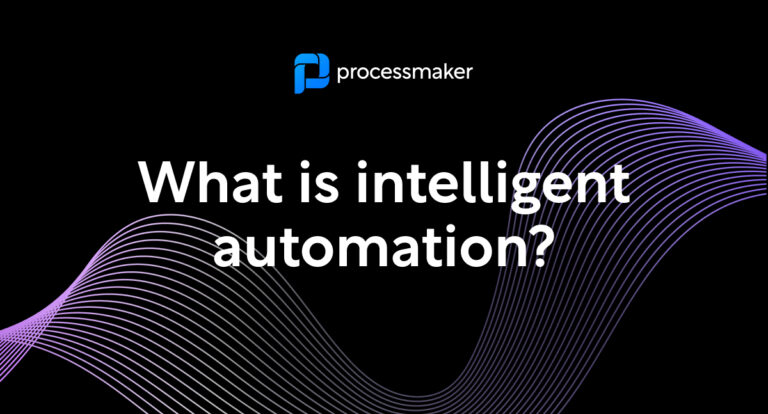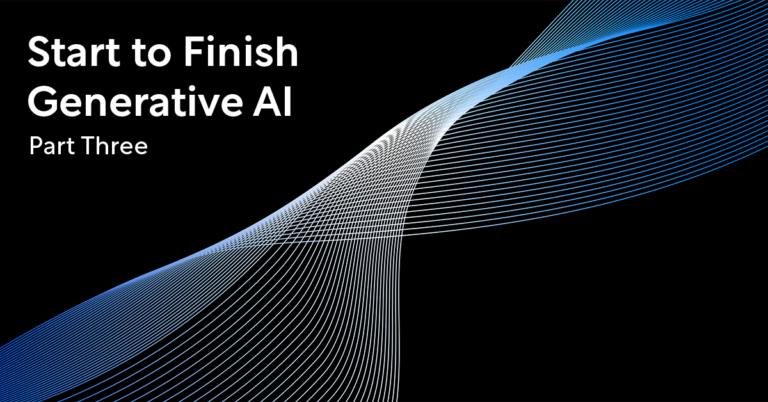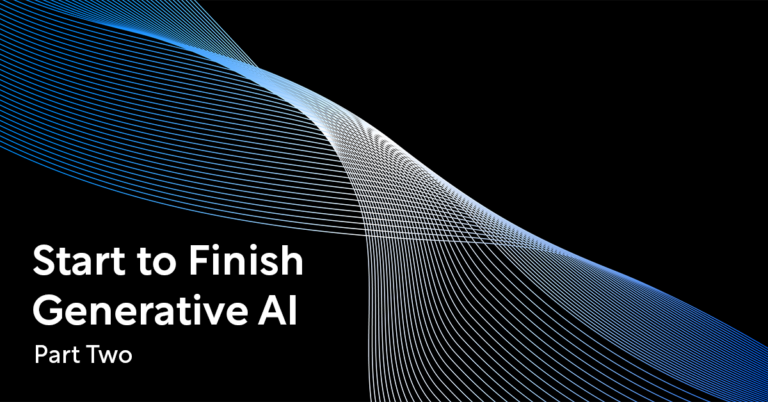Navigating the Business Waters With AI: Naval Insights into Hyper-Productivity
Consider the intricacies of running a company. Much like a captain steering a naval ship through treacherous waters, leading a corporation requires foresight, strategy, and unwavering commitment. Based on my experience in the US Navy, I’ve noticed similarities between military precision and corporate efficiency.
While working with ProcessMaker, I often compare the combination of the latest technologies, like computer vision, AI, machine learning, and business process automation (BPA), to a well-trained crew on a naval ship. Like each sailor, each technology plays its distinctive role, working harmoniously to boost productivity.
This blog post explores how Hyper-Productivity can improve work, create more value, and promote sustainable growth.
Let’s demystify Hyper-Productivity, its connection to automation software, and the benefits of using its power.
What is Hyper-Productivity?
Productivity is the measure of goods or services produced divided by the labor or resources required for production. In a software company, value is created by achieving growth through the efficient use of capital. Customer acquisition costs and revenue per employee are two key productivity metrics.
Hyper-Productivity is a moniker coined by the ProcessMaker team. The term represents the opportunity to succeed with our intelligent automation platform.
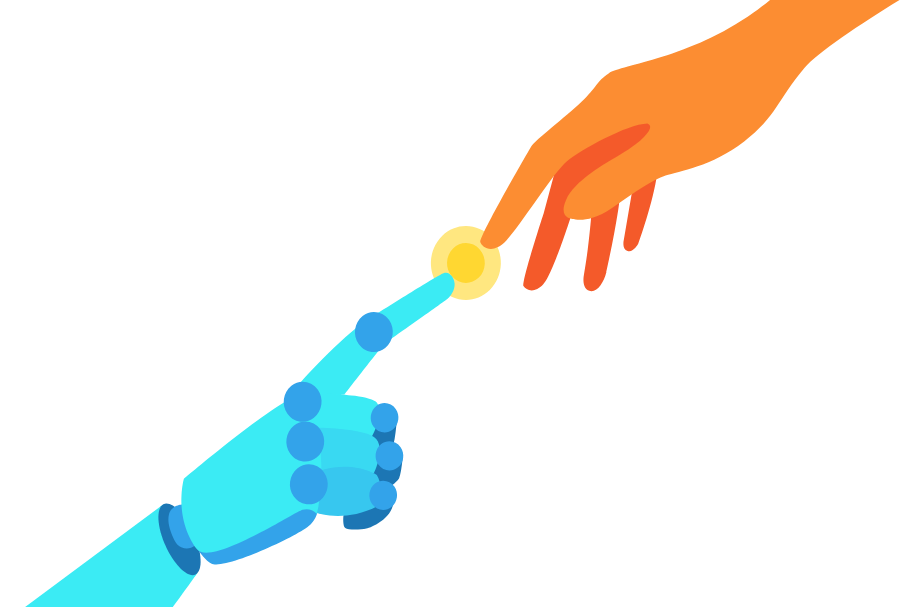
Together, intelligent document processing (IDP), decision engine, business process automation (BPA) & AI create a system where tasks are intelligently automated, processes are continuously optimized, and productivity soars. The term Hyper-Productivity™ represents a state where businesses can achieve more with less: more actionable insights, output, efficiency, and cost savings, resulting in less time and effort.
The declining pace of productivity
The stats tell a clear story. Labor productivity in the U.S. has grown at an average of just 1.4% since 2005, a drop from the long-term historical average of 2.2%. So, why does this matter? If the U.S. can restore the long-term productivity growth rate to 2.2% annually, this indicates:
- $10 trillion added to our GDP by 2030.
- An income boost of $15,000 for every household. That’s massive!
The power of generative AI
There’s a solution on the horizon: Generative AI. With AI in play:
- We could increase annual growth rates by up to 40%.
- Technically, half of our current work processes could be automated.
An Accenture report echoes this sentiment, indicating AI’s potential to revolutionize our work dynamics. And McKinsey suggests that this isn’t just futuristic talk; it’s a tangible possibility.
Understanding productivity metrics
In simpler terms, productivity is about doing more with less. In software companies, it’s about growing by using resources wisely. Keep an eye on these key indicators:
- Customer acquisition costs: What’s the price of bringing in new business?
- Revenue per employee: How much value does each team member bring in?
Think of GDP as the pulse of economic health. Labor productivity, the output of our workforce, plays the role of captain. We’re all aboard this ship, and it’s crucial we navigate towards prosperity.
Hyper-Productivity and automation
Intelligent process automation (IPA) has played a pivotal role in the quest for increased labor efficiency and productivity. Traditional automation technologies leveraged in digital transformation initiatives have made significant strides. However, in a recent survey, companies report that digital transformations fail five times more often than they succeed. Automation success has been found mostly in Robotic Process Automation (RPA) to execute the repetitive work of low-skilled workers.
Hyperautomation
Nowadays, workflow automation technologies focus on hyperautomation, which combines RPA with BPA platforms, Decision Engines, and Process Mining and Analytics platforms. Hyperautomation hasn’t delivered enough benefits to overcome insufficient labor supply, specifically the shortage of skilled workers, which has constrained productivity growth.
Advancements in machine learning have made it simpler to use powerful language models, transforming the way businesses operate. This allows automation to help skilled workers work faster and complete basic tasks and manual processes more efficiently.
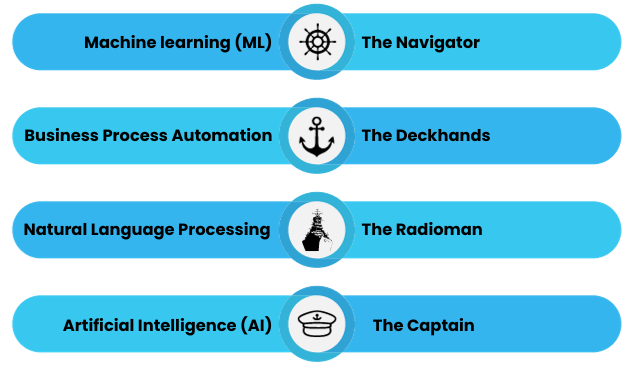
Automation software technology that shapes Hyper-Productivity
Machine Learning (ML) – The Navigator
During my naval days, I stood shoulder-to-shoulder with some of the best navigators who used their instincts and tools to chart the safest course. Similarly, ML provides us with patterns and forecasts, guiding our business ventures.
Business Process Automation (BPA) – The Deckhands
Deckhands, who handle a myriad of tasks seamlessly, often determine the efficiency of a ship. BPA automates these tasks in the business realm, ensuring processes run without hitches.
Natural Language Processing (NLP) – The Radioman
Clear and precise communication was the key during my naval missions. The Radioman ensures messages are flawlessly transmitted and received. In the same light, NLP breaks down and translates human language, bridging the gap between machines and us.
Artificial Intelligence (AI) – The Captain
Leading a ship requires astute decision-making based on the input from the crew. AI does a similar job in our businesses, processing vast amounts of data and steering us toward informed decisions.
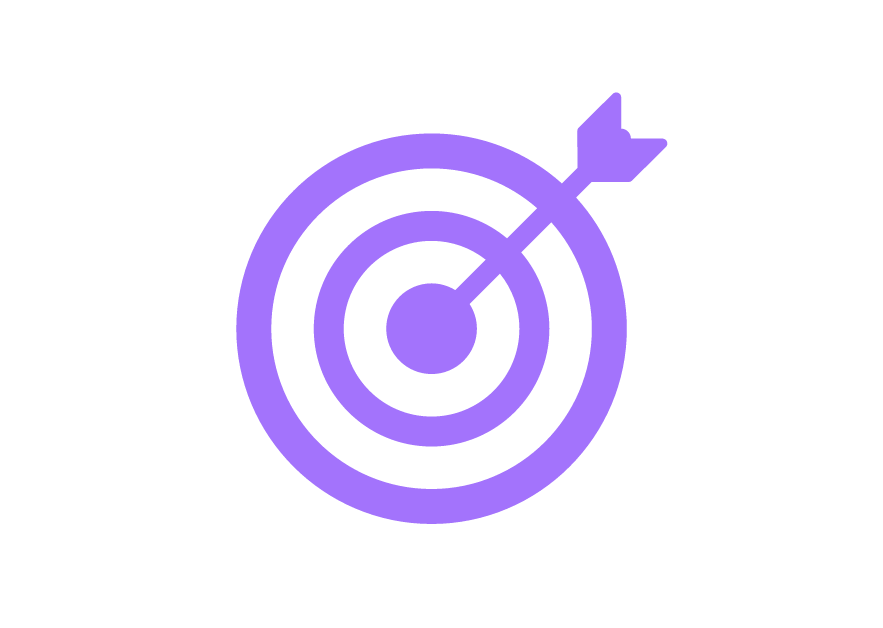
Benefits of Hyper-Productivity
Maximizing Skilled Resources’ Potential
Hyper-Productivity liberates skilled workers from mundane and repetitive tasks, enabling them to focus on creative problem-solving, innovation, and value creation. AI tools help organizations use their expertise better, be more productive, and grow sustainably by reducing the workload of expensive resources.
Scalability and Adaptability
Hyper-Productivity enables automation to scale and adapt to changing business needs. AI technologies provide agility in automating new processes and optimizing existing ones. This scalability allows organizations to expand automation capabilities across various functions, increasing productivity gains and cost efficiencies.
Increased Competitive Advantage
Hyper-Productivity empowers organizations to differentiate themselves in the market. Businesses can enhance operational efficiency, product quality, and customer experiences by automating complex processes and leveraging AI insights. This competitive advantage drives growth and positions organizations as leaders in their respective industries.
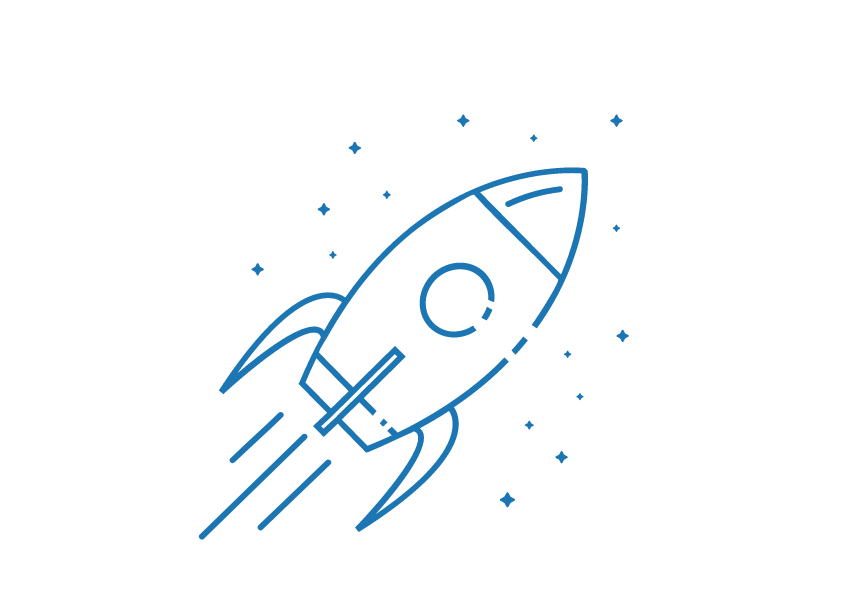
Ready for the productivity revolution?
Business is a vast ocean, and you need the right tools and an adept crew to conquer any challenges that come your way. Harnessing AI’s potential is the future. With an extra $15,000 for every household on the line, are you ready to embrace the change?
Chat with one of ProcessMaker’s experts to learn more about unlocking Hyper-Productivity, leveraging intelligent automation, and automating business processes.
Watch our Hyper-Productivity webinar recording to learn more.
